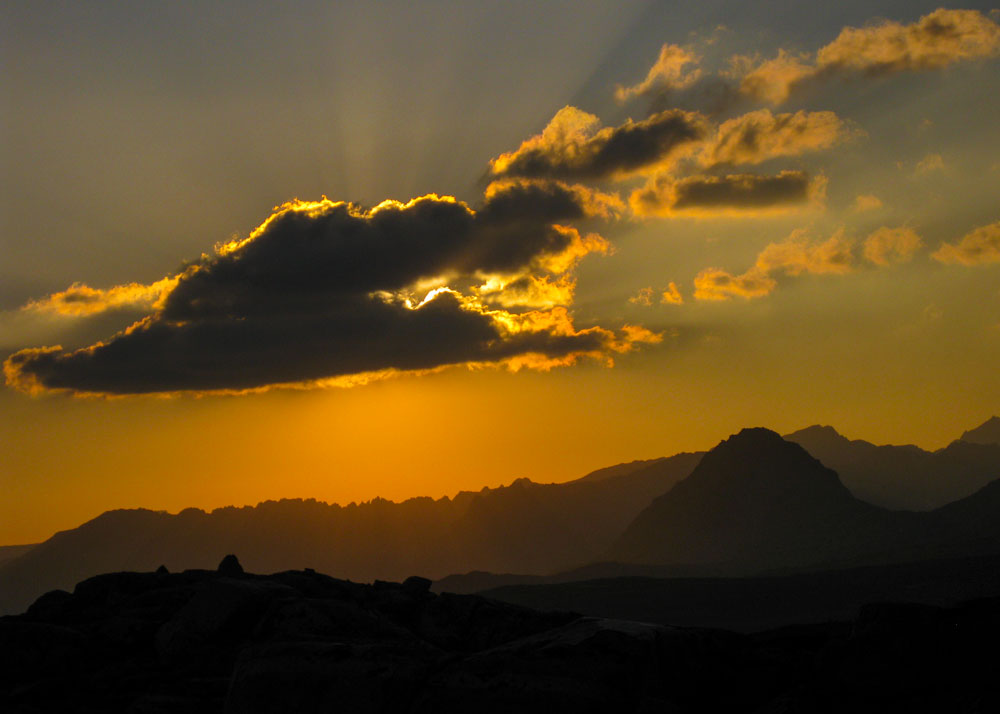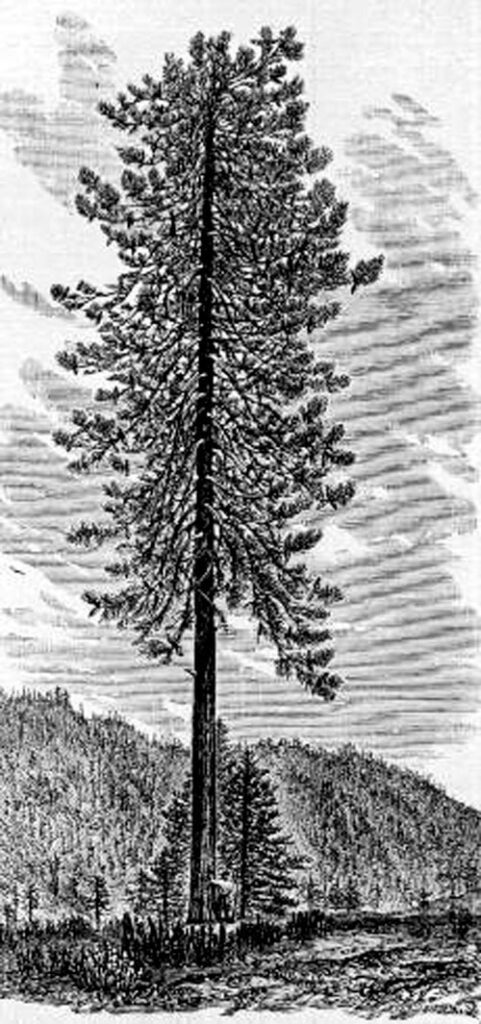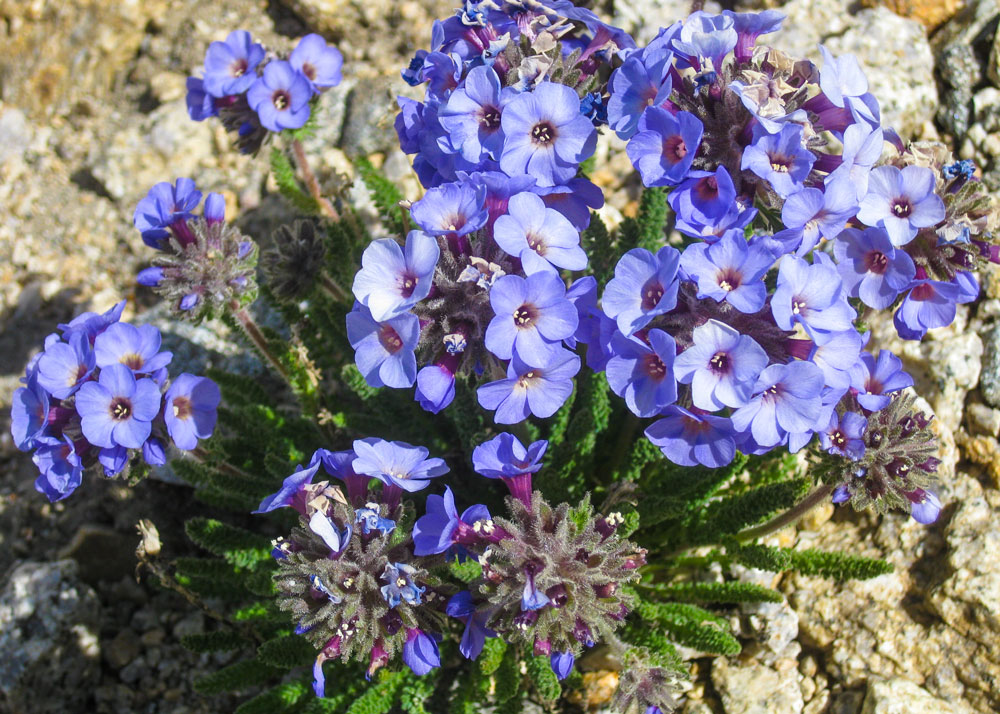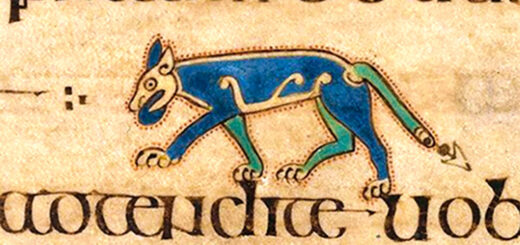Pomegranates
 The first pomegranates of the season are on display in the supermarket. The ancient Egyptians had an expression, “Eat a pomegranate and visit a bath—your youth will hasten back.” I don’t know about that, but seeing pomegranates always brings back a certain memory for me.
The first pomegranates of the season are on display in the supermarket. The ancient Egyptians had an expression, “Eat a pomegranate and visit a bath—your youth will hasten back.” I don’t know about that, but seeing pomegranates always brings back a certain memory for me.
One time, when I was living in California, I visited John Muir’s granddaughter-in-law. Back then I was engaged in a study of what some of my friends called the “literature of the wild.” I had hoped to write some wild stuff myself. John Muir’s granddaughter-in-law seemed like somebody I should to talk to. She lived in a nice suburban home on a bitsy remnant of what had been the 2,300 acre Strentzel-Muir Ranch in the Alhambra Valley in Martinez.
Muir himself was a 19th century naturalist, spiritual seeker, and wilderness preservationist, an immigrant with a passion for invention and long walks. He made a name for himself by tramping around in the mountains of California and writing about it. Even today, when you open one of his books the air is immediately suffused with the perfume of sky pilot, a flower that grows only on the highest of his beloved peaks. He was a founder of the Sierra Club and an early proponent of national parks. He died in 1914.
By the time I met John Muir’s granddaughter-in-law, she was well-advanced in years. She invited me to come visit because I had written her a letter saying I was a big John Muir fan and writing a book partly inspired by his writings. People still wrote letters to each other back then. I went to her house in early December. The afternoon sunshine had a diaphanous chill to it. A tree full of ripe pomegranates stood in the front yard.
I knocked on the door. John Muir’s granddaughter-in-law opened it and greeted me. First thing I said was how beautiful the pomegranates were. I had lived most of my life in the northeastern United States, so bright red pomegranates hanging on trees like overblown Christmas ornaments were still a novelty. John Muir’s granddaughter-in-law thanked me for saying nice things about the tree and invited me in.
She served tea and cake in the living room. The walls were lined with books. She answered my questions about John Muir as best she could. She had never met the man herself, so she shared stories of what she remembered her deceased husband remembered about John Muir. It didn’t amount to much. He himself was just a small boy when his grandfather died. Then she showed me a volume of Milton’s Paradise Lost. It was very old and slim and worn smooth by the love of a bygone reader.
“This is the book John Muir carried with him on all his mountain adventures,” she said.
She placed it into my hands. It felt soft as a cloud gathered from the top of Mount Ritter. Next she showed me a family bible but I don’t remember much about that.
After we finished the tea and cake, John Muir’s granddaughter-in-law told me I should visit John Muir’s grave.
“Where is that?”
She pointed to the window looking out on the backyard. I could see small orchard of old peach trees with a path leading through to a clump of incense-cedars and eucalyptus. The foliage of the evergreens obscured the lines of a fence amid the trees.
“He’s back there,” she said. “Why don’t you go see? I’ll wait here.”
Off I went to investigate. John Muir was there alright, buried near a large incense-cedar, along with his wife, Louie Strentzel Muir, and several of her relatives. This was their family plot. The surrounding landscape had changed significantly since the last interments took place back in the 1940s. Except for the tombstones, John Muir’s gravesite looked much like the backyard of the house I grew up in in New Jersey. No sky pilot here. I paid my respects to the man called “John of the Mountains” and was ready to leave.
I walked back toward the house. John Muir’s granddaughter-in-law again came to the door. She said: “It was nice talking to you. Please help yourself to some pomegranates.” I thanked her for the hospitality. I went over to the tree and reached up for the fruit. It first time I ever picked a pomegranate.
If a memory can have fragrance, this one smells like sky pilot.
©John P. O’Grady
Originally appeared in The Mountain Eagle on October 30, 2020


